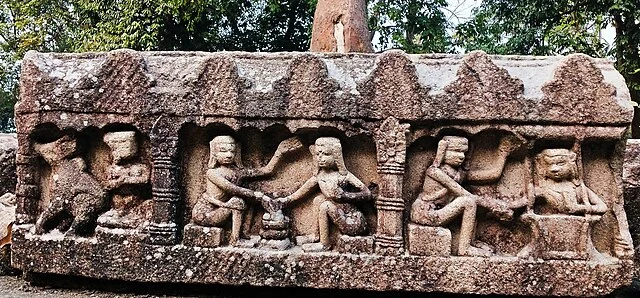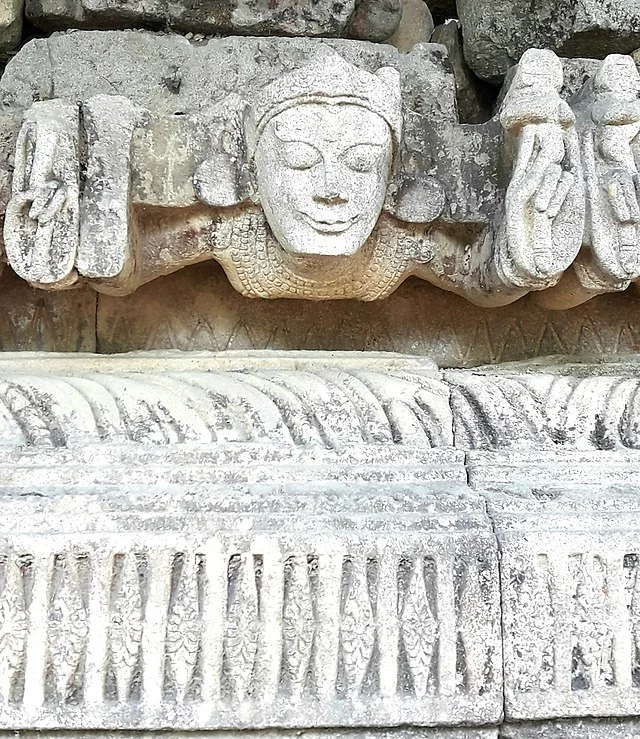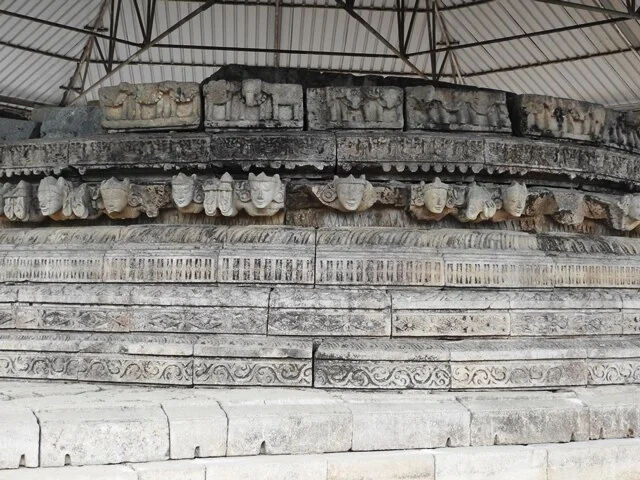Deopahar is an ancient archaeological site located in Assam, India, near the town of Numaligarh. This site holds significant importance due to its rich history and cultural heritage. The remnants found here provide a glimpse into the region’s ancient past and highlight its role as a center of religious and artistic expression.
Get your dose of History via Email
Historical Background

The history of Deopahar dates back to around the 6th to 9th centuries AD. It is believed to have been a thriving center for Hindu worship, as indicated by the presence of temples and sculptures. During this period, the region was influenced by various dynasties, including the Gupta and Pala dynasties, which played a vital role in shaping the architectural and artistic traditions of the site.
Archaeological Significance

Deopahar is most famous for its collection of temple ruins and intricately carved sculptures. The site contains the remains of a Vishnu temple, which reflects the region’s religious significance.
The temple’s architecture follows a classical Nagara style, marked by its towering shikhara (spire) and detailed carvings. The sculptures found at Deopahar include representations of various Hindu deities, including Vishnu, Shiva, and Surya, and these provide insights into the religious practices of the time.
In addition to religious structures, Deopahar has yielded numerous artifacts that contribute to our understanding of the region’s cultural development. These include terracotta figurines, pottery, and stone inscriptions, which offer valuable information about the social and economic aspects of the community that once thrived here.
Preservation and Conservation

Over the centuries, Deopahar has suffered significant damage due to natural elements and human activity. However, efforts have been made to protect and conserve the site. Archaeologists and conservationists have undertaken restoration work to preserve the remaining structures and sculptures. Despite these efforts, Deopahar remains vulnerable to further deterioration, and ongoing conservation initiatives are crucial for safeguarding its heritage.
Conclusion
Deopahar serves as an important window into Assam’s ancient history and cultural identity. Its temples, sculptures, and artifacts provide valuable insights into the region’s religious and artistic traditions from the 6th to 9th centuries AD. Continued preservation efforts are essential to protect this historic site for future generations.
Source:

